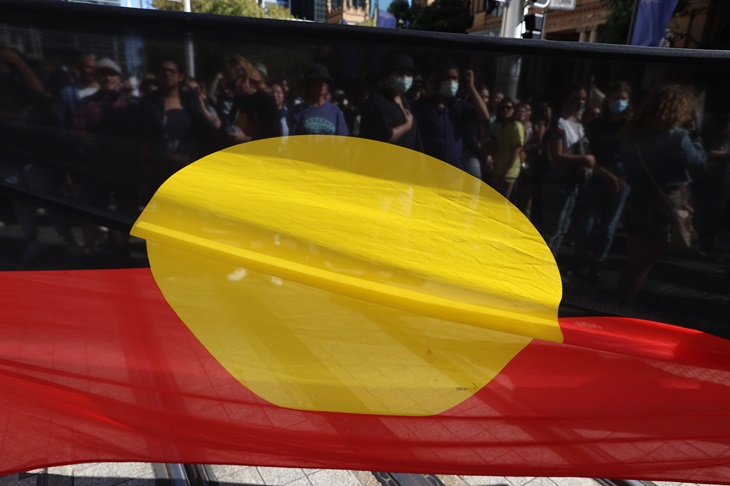The new Enterprise Agreement at the University of Queensland is special but a typical example of the genre: designer sickies. De rigueur is the introduction of gender affirmation leave – employees can access up to 20 days of paid annual leave to affirm their gender. And increased family and domestic violence leave entitlements from 10 days to 15 days.
Already a subscriber? Log in
Subscribe for just $2 a week
Try a month of The Spectator Australia absolutely free and without commitment. Not only that but – if you choose to continue – you’ll pay just $2 a week for your first year.
- Unlimited access to spectator.com.au and app
- The weekly edition on the Spectator Australia app
- Spectator podcasts and newsletters
- Full access to spectator.co.uk
Or


























Comments
Don't miss out
Join the conversation with other Spectator Australia readers. Subscribe to leave a comment.
SUBSCRIBEAlready a subscriber? Log in